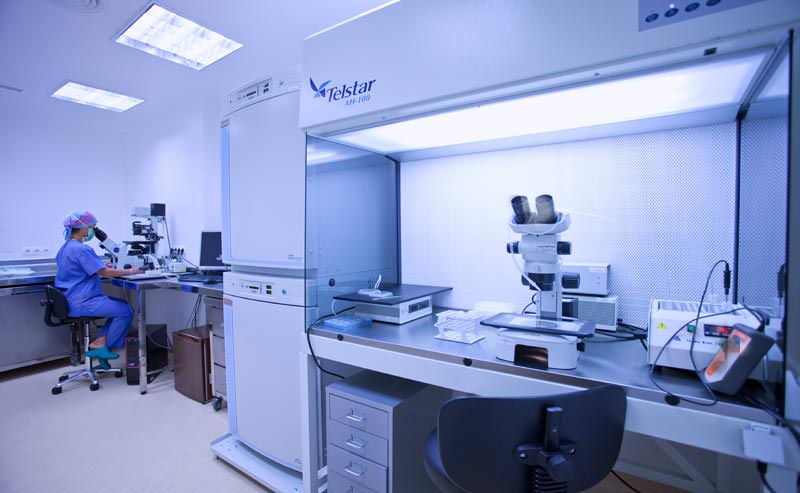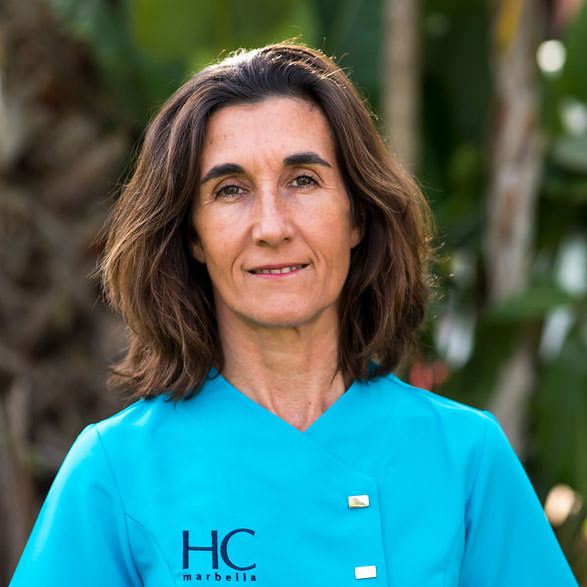7 April, 2016
New technique of spermatic Verification


Our laboratory Director of HC Fertility, María José Figueroa embryologist, attended on the 4th and 5th March the ANACER Congress held in Valencia during which a workshop was held on sperm verification.
The celebration of this Congress gives us a new vision … this experience which we could share with colleagues from different centers.
The new technique of spermatic Verification is a new technique to freeze sperm and keep improving the survival rate, compared to that achieved in a slow (most used technique) freezing.
This technique, especially, has proven highly effective in preserving the function and sperm motility (Isachenko et. Al., Reproduction, 2008) and reduces the osmotic damage the time and cost of freezing.
This technique will benefit men with samples with low sperm concentration, such as samples from biopsies of testicles, oligozoospérmicas samples (very low sperm concentration) because through this technique can have a higher survival rate in the number of frozen sperm from small samples.
Furthermore devitrification (thawing process) allows us to use the post thaw sperm immediately, reducing the risk of fragmentation of the DNA, especially in gametes obtained by testicular biopsy.
At HC Fertility center – our goal is to offer our patients the best result and make it happen, so we are developing this new technique of sperm verification to add to the techniques we currently perform.
HC Fertility conducts a comprehensive male study this is not only a semen analysis, which studies the sperm count, mobility and morphology, and through which we will know whether a semen can be considered pathological by low concentration, poor mobility or altered morphology. A full study of the male is more, because there are cases where after obtaining samples of “normal” semen presents a low rate of fertilization or fertilization failures, poor quality embryos and even good fertilization and transfer good embryos … no pregnancy is achieved.
It is not always the cause of the egg or endometrium, it can also be a “normal semen”.
Today we have studies available that allows us to know how the sample is genetically.
Study of DNA fragmentation in sperm: Integration of sperm DNA is related to the ability not only to fertilize the egg but also resulting in embryos with the ability to implant and have a normal development.
The study of DNA fragmentation in sperm samples is recommended in men with some andrological disorders such as the presence of varicocele, inflammation of genital tract, elderly (> 45 years), leukocytospermia, heavy smokers, following treatment of chemo or radiotherapy and in couples with repeated abortions or prior IVF failures.

María José Figueroa
Directora de Laboratorio y Embriologa

One of the methods used to achieve reduced levels of sperm DNA fragmentation in assisted reproduction treatment is through the use of annexin V columns, MACS. It is a non-invasive method of sperm selection, we can separate fragmented sperm when exposed to a high power magnetic field after being treated with annexin .
In addition studies in patients with altered FISH have shown that the use of gradients and columns annexin enriches healthy sperm samples in respect to DNA fragmentation and also significantly reduces the percentage of spermatozoa aneuploidy in these patients with impaired meiosis.
FISH (In Situ Hybridization Fluorescence) Sperm: FISH technique is to mark chromosomes with previously selected probes, these probes are fragments of fluorescent DNA, observed under a microscope,they are identified as light signals of different colors in the sperm nucleus.
This study of chromosomal content is performed to evaluate the genetic makeup of the male gamete, determining the chromosome, which is related if pathological, not only most likely to abortion but also at higher risk of genetic alteration in the newborn
FISH is indicated in men with poor sperm quality, in couples with two or more abortions, with pregnancy after IVF failure or IVF cycles with poor embryo quality embryos.
Couples where the male has an abnormal FISH can have up to 70% of embryos with chromosomal abnormalities following an ICSI, the indication in these patients would perform (PGD) Pre-implantation genetic diagnosis to identify these genetically abnormal embryos.
With all these analyzes we obtain a series of results that will tell us if the sample is pathological, has a high DNA fragmentation or presents an altered FISH. To address these problems samples have a number of laboratory techniques that allow us to improve the fertilizing capacity of this sample.

Back to blog
In other news

19 June, 2020
How does the number of eggs decrease over the years?
The amount of a woman’s eggs decreases from the moment of birth, over the years, until menopau...
[Continue reading ]2 August, 2021
Which male fertility tests we have available?
After a year of having unprotected sex without getting pregnant, the couple may have infertility pro...
[Continue reading ]


